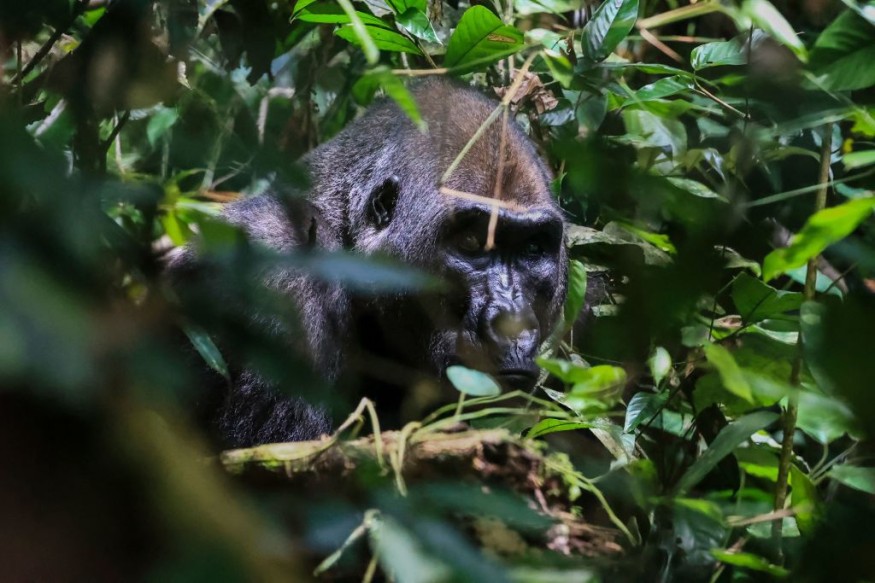
A recent study shows that overhunting of fruit-eating animals such as elephants and gorillas affects the ability of forests to store or sequester carbon.
In research published in the journal PLOS Biology, the Wildlife Conservation Society (WCS) found that many of the mammals and birds targeted by illegal and commercial shooting are fruit eaters that transmit large seeds from tree species with high carbon stock capacities.
The extinction of large frugivores such as primates, hornbills, toucans, and others affects the composition of forests over time, allowing wind-dispersed or small-seeded tree species with lower wood density and thus smaller levels of carbon to become more prevalent.
"Such hunting is known to have detrimental effects on target species, broader biodiversity, and the livelihoods and well-being of local communities. Less appreciated is the adverse impact of defaunation on the capacity of tropical forests to sequester and store carbon, which has implications for climate change," said Dr. Elizabeth Bennett of WCS Vice President of Species Conservation, the lead author of the study.
Carbon storage
The loss of wildlife as a result of hunting reduces overall forest carbon storage by eliminating carbon stored in animal bodies.
An adult forest elephant, for example, has approximately 720kg (1,587 pounds) of carbon. From 2004 to 2012, 11,000 elephants were slaughtered in a single Gabonese national park, resulting in a loss of 7,920 tons of carbon storage.
The authors point out that there are already markets that value forests' carbon sequestration and storage capability, with the most developed being REDD+ (Reduced Emissions from Deforestation and Forest Degradation).
So far, these predominantly voluntary markets have largely concentrated on carbon in forest trees and decreasing emissions by preventing deforestation and forest degradation.
Because the loss of large animals degrades the forest's carbon content in both the short and long term, there is a market opportunity to incorporate the carbon bonus of an intact fauna to strengthen existing biodiversity evaluations and include a demonstration of the full ecological integrity of protected fauna.
"Such a market is one way to pay for the multi-faceted programs needed to conserve forests with their full complement of large faunal species, while also ensuring the nutritional health and well-being of local communities in carbon-friendly ways," said Bennett.
Seedlings
According to the researchers, growing initiatives to reduce net emissions by restoring tropical forests through seedling planting mainly utilize small-seeded, mostly second-growth species.
Large-seeded, animal-dispersed tree species are often underrepresented in restoration plantation seedlings. Once destroyed, it is difficult to reestablish animal populations, especially in the absence of food sources, and this would limit the potential of recovered forests to store and sequester carbon.
Defaunation of giant primates and tapirs, for example, which distribute seeds from large-seeded trees with higher wood density, is anticipated to result in long-term losses in above-ground tree biomass of 3%-6% on average, but up to nearly 40% in the Neotropics.
In central Thailand, tree species that rely on large-bodied frugivores for seed distribution account for about one-third of total carbon biomass.
The findings also highlight the importance of ecologically intact forests-large, unbroken expanses of forest free of severe human-caused damage and containing whole species assemblages. It is projected that high-integrity tropical forests will remove and store around 3.6 billion tons of CO2 per year (net) from the atmosphere.
Related Article : Loss Of Large Fruit-Eating Animals Could Accelerate Climate Change
Related Video:
© 2025 NatureWorldNews.com All rights reserved. Do not reproduce without permission.





